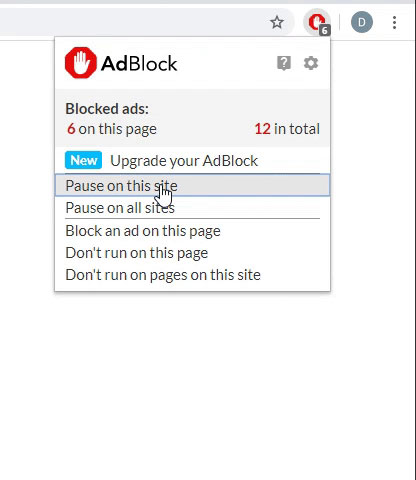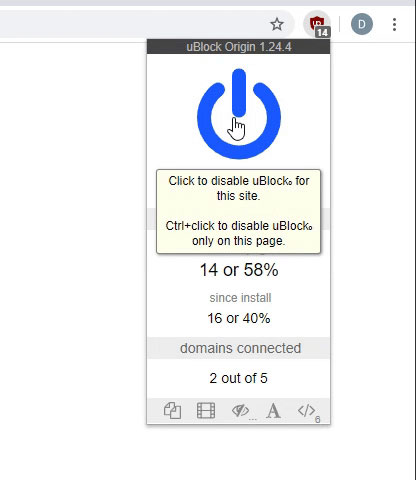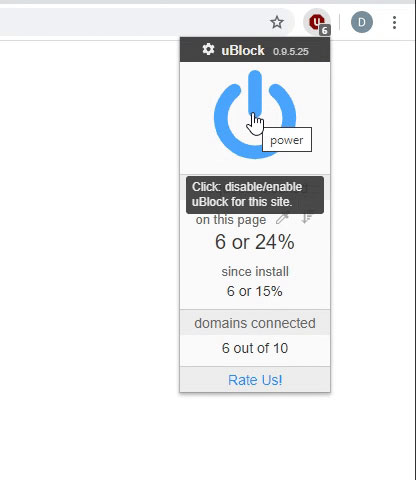I posted for the first time a little while ago and was pleasantly surprised with how fast--and awesome--the response was. Silly me, I really should have asked what I'm about to post here but I honestly don't know if this entire copy and paste project can be turned into a macro. So here goes my attempt at explaining the entire procedure I'm doing manually at the moment...please reply if it's unclear in any way. Thanks for reading/attempting this...
Here's an example of what I'm doing:
I have 4 adjacent columns with headers across the top row and data going down to say row 101 to make it simple--so including the headers lets say the entire thing is A1:D101. I've also named ranges within it. For example, rangeA is A2:D11, rangeB is A12:D21, all the way down to row 101 for a total of 10 named ranges, A through J. Note that each range has the exact same number of rows and columns, 10 rows and 4 columns in this example. So what I want to do is copy RangeA from worksheet1, paste into worksheet2, AND paste the other ranges directly adjacent but only 1 range at a time. See below to see what I mean:
RangeA RangeB (together would be 8 columns wide, 900 rows down)
RangeA RangeC
RangeA RangeD
RangeA RangeE
RangeA RangeF
RangeA RangeG
RangeA RangeH
RangeA RangeI
RangeA RangeJ
RangeB RangeA
RangeB RangeC
RangeB RangeD
RangeB RangeE...and so on down to the end
Some files have 7 "ranges," others less, some more. What is consistent is the data formate and each range is equal in size.
Once again, thank you for your time and effort with this project.
VFA
Here's an example of what I'm doing:
I have 4 adjacent columns with headers across the top row and data going down to say row 101 to make it simple--so including the headers lets say the entire thing is A1:D101. I've also named ranges within it. For example, rangeA is A2:D11, rangeB is A12:D21, all the way down to row 101 for a total of 10 named ranges, A through J. Note that each range has the exact same number of rows and columns, 10 rows and 4 columns in this example. So what I want to do is copy RangeA from worksheet1, paste into worksheet2, AND paste the other ranges directly adjacent but only 1 range at a time. See below to see what I mean:
RangeA RangeB (together would be 8 columns wide, 900 rows down)
RangeA RangeC
RangeA RangeD
RangeA RangeE
RangeA RangeF
RangeA RangeG
RangeA RangeH
RangeA RangeI
RangeA RangeJ
RangeB RangeA
RangeB RangeC
RangeB RangeD
RangeB RangeE...and so on down to the end
Some files have 7 "ranges," others less, some more. What is consistent is the data formate and each range is equal in size.
Once again, thank you for your time and effort with this project.
VFA





